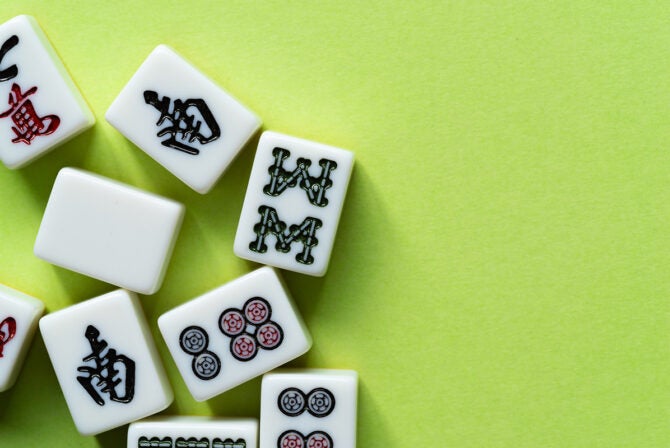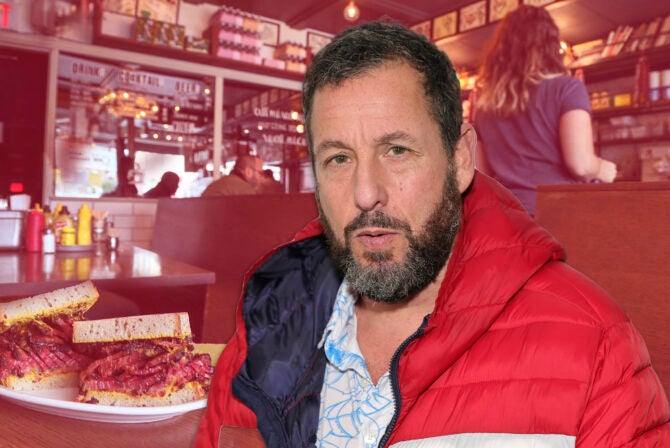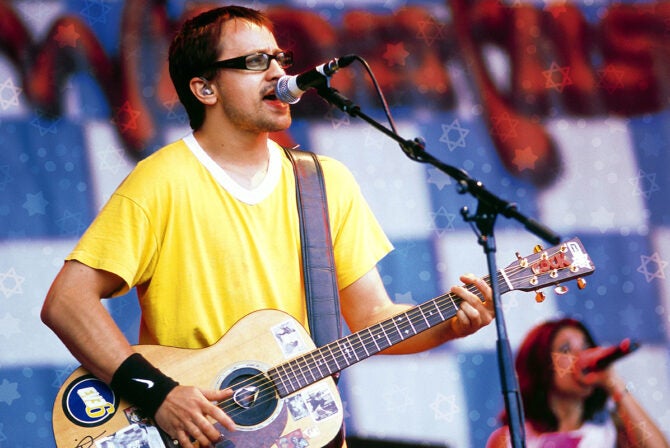On March 31, one of my best friends, Sarah Portlock Fellman, collapsed at work, after an aneurysm ruptured in her brain. She was seven months pregnant and had been in the newsroom at The Wall Street Journal, where she was working as an editor.
I was at the University of Pennsylvania, where I went to college, for an event, when her husband called to share the news. After we spoke, I rushed outside and opened my umbrella into the pouring rain, and I said, out loud to the universe or the sky, “God, please don’t do this to me again. Please don’t do this to me again.” I’d also rushed off campus 15 years prior, my freshman year, when my younger brother, Josh, was hit by a car. He died the next morning. He was 15.
So here I was, again, bolting out of Philadelphia because of a traumatic brain injury — this time my friend’s. I arrived at the hospital in Manhattan at 5 p.m. to find Sarah’s husband (and my dear friend), Sam, and Sarah’s best friends from college awaiting the next stages of her diagnosis, and for her family to arrive from out of town. At 6:28 p.m., Sarah and Sam’s daughter, Aviva, was born. Today, she is a thriving, smiling 7-month-old gem.
For the next seven months, I was often at Sarah’s bedside, which alternated between hospitals and rehab facilities. Sometimes she communicated with me by the numbers on the machines. I would recite a poem. Her brain pressure would decrease. I would tell her I loved her. Her heartbeat would slow. Sometimes, she communicated with her left pointer finger. Lifting it up meant yes. Sometimes, she was able to speak.
There was one June day I was holding her hand, sitting at her New Jersey rehab center bedside, and I began to weep.
“I don’t want you crying,” she said.
I was in shock. It had taken her months to start talking again.
And then she asked, “Why are you crying?”
I told her it was because of what was happening here, right now, with her. And she mustered through whatever little breath and speaking ability she had to say, “That’s not why you’re crying.”
This was someone with a helmet on her head. In a hospital bed. Not able to move. And still, she was able to intuit my honest thoughts, as only a best friend can.
The truth was that I was overwhelmed. I’d had a typical Caroline-doing-too-much-chain-of-events day where my overly packed schedule was not going as planned, and physical items were breaking all over Manhattan and the New Jersey Transit — from a shopping bag with another friend’s wedding gift, to a Columbia Journalism School tote bag Sarah had given me when she stayed with me for our 5-year reunion. In the grand scheme of life, these foibles were innocuous, clearly.
I was honored, of all the people in the world, to be holding Sarah’s hand at that moment, and I told her so.
The last time I saw Sarah was a few weeks ago, and on this particular day, she communicated with her smile and her eyes. Her stunning smile. Her big and bold, brave, and heartfelt eyes.
Then last week Sarah died unexpectedly after a courageous and poignant journey to recover from that initial brain injury. I arrived at the hospital shortly after she passed, for one last bedside visit.
Other family and loved ones moved aside to let me sit down next to her. I put my hands on her forearm. I placed my forehead to her arm. And this time, I heard — inside my head, or maybe inside my heart, “I’m here. I’m here. I’m here.” I’m not sure if this was Sarah’s soul, or if this was my own soul telling Sarah, “I’m here. I’m here. I’m here.” As one friend suggested to me last week, perhaps it was a chorus — both of our voices, or maybe an angel, or two.
I’m here. I’m here. I’m here.
In Judaism, this praise — “I’m here” — has resounding significance. In Hebrew, it translates as “Hineini.” It is a declaration of presence that occurs throughout the Torah as individuals communicate with God.
Sarah — as a reporter and editor and friend — was, is, and will always be one of the most astute communicators I’ve ever met, equal parts wit, fervor, and grace.
Sarah knew my propensity for linguistic mileage and was usually my first eyes before filing articles and feature stories to my editors at various publications. I suppose she could argue here, amidst my lengthiness, I am “burying the lede.” Though, I would argue that there is no lede in this particular case. This is a story that doesn’t have a beginning, and it doesn’t have an end. With Sarah’s passing, she becomes infinite, which, frankly, she already was.
Her capacity was epic. Her motto was, “Head down, power through.” We attended journalism school together, and I wouldn’t have survived it without her. I wouldn’t have survived the seven years since. And I honestly wouldn’t have survived the last seven months without knowing that even in her devastatingly compromised state, she was still there. She was still here.
For seven months, I’ve refrained from sharing any of this publicly on social media. It’s never felt right. It’s been more than a Facebook or Instagram post. It’s been part of my constant, daily, every day.
Now I am thinking about what it means to say: I’m here.
I’m here, mourning.
I’m here, in grief.
I’m here, with joy and humility and gratitude that I got to call this epic human being my best friend.
I’m here, sorting through cards and photographs, relishing in Sarah’s handwriting, and particular, unique brand of love.
I’m here, holding Sarah’s hand.
By her bedside.
Telling her she is loved.
Feeling her love in return.
And I am here, ready to honor her, ready to continue communicating with her, now in new ways, now in other ways, for the rest of my life. Always and now.
In Hebrew, Aviva — the name of Sarah and Sam’s young daughter — means “joyful spring.” The last text message I received from Sarah on the evening of March 30, was how she’d met an Aviva on the Park Slope Parents website, and that she loved the name. This was Sarah’s confirmation that Aviva was the top pick. She followed that text with a short one about how she would — of course — have to meet her baby first to ensure it was the right fit.
I spent time with Aviva a few days after Sarah’s funeral. She wanted to jump and stand and soar, using my thighs as springs.
She has been an emissary of joy. She has Sarah’s eyes. Sarah’s smile. This is Aviva’s own way of saying, “I’m here.” She is Sarah and Sam’s joyful spring.
(A version of this essay was posted previously on the author’s Facebook page.)







